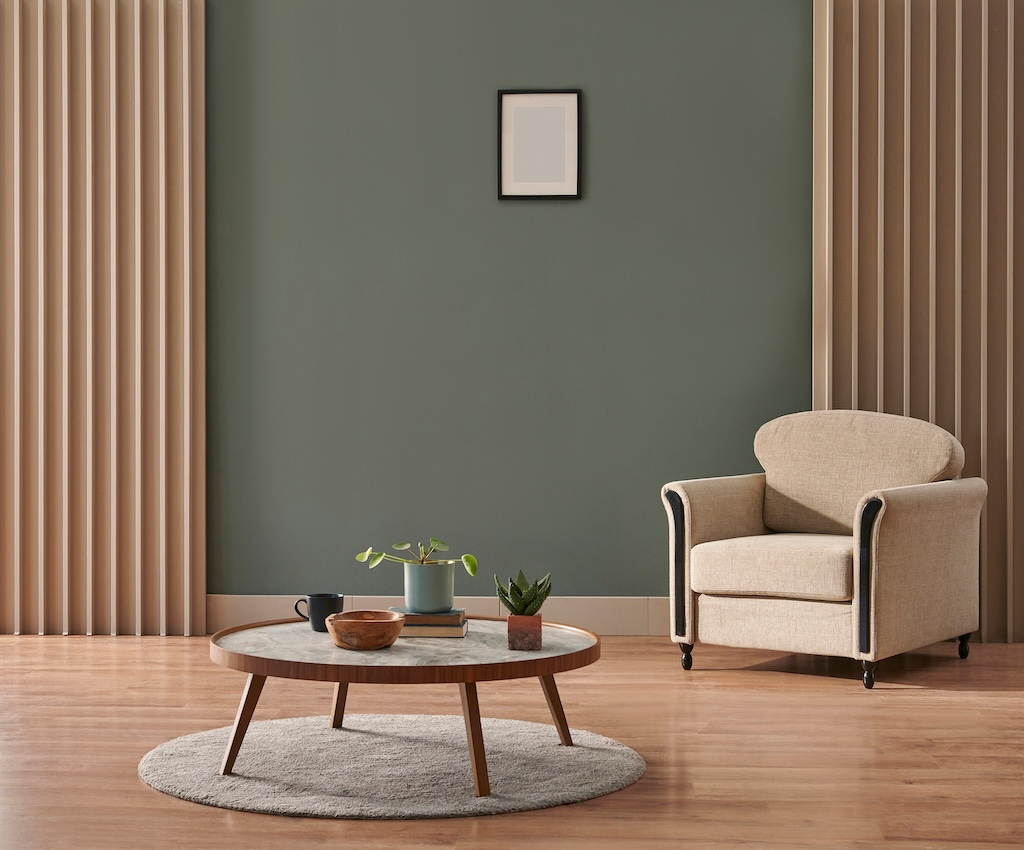Creating a cohesive and harmonious transition between rooms through wall colors is an art that can elevate the aesthetics of your home. The right combination of colors can not only define the character of each room but also ensure a seamless flow throughout your living space. In this blog, we will explore techniques for combining wall colors to create harmonious room transitions, enhancing the overall ambiance of your home. These techniques are aimed at guiding you to make choices that reflect your personal style while maintaining a unified look throughout your home.
Understanding Color Theory
A fundamental understanding of color theory is essential in making informed decisions about combining wall colors. The color wheel is a valuable tool here, as it shows the relationship between colors. Complementary colors (opposite each other on the wheel) provide a vibrant contrast, while analogous colors (next to each other on the wheel) offer a more subtle transition. By using the color wheel as a guide, you can create combinations that either soothe or invigorate the senses as desired.
Choosing a Base Color
Select a base color to use throughout your home. This color will act as a unifying element, providing a sense of continuity. Neutral shades like beige, gray, or soft white are popular choices as they allow for flexibility in accent colors and decor. These hues serve as a canvas for your design, enabling a wide range of possibilities for personal expression through color.
Creating a Flow with Accent Colors
Once you have your base color, choose accent colors for different rooms. These colors can vary in intensity and shade but should complement the base color. For instance, if your base color is light gray, consider navy blue or forest green for an accent color in the living room. Accents can be introduced through paint on a feature wall, accessories, or textiles to maintain a thread of continuity.
Using Transition Spaces Wisely
Transition spaces like hallways and entryways are ideal for neutral tones. They act as a palette cleanser between rooms with different colors. These areas are perfect for your base color, creating a smooth transition between spaces with more pronounced color schemes. Consider these areas as breathing spaces that prepare you for the next room’s experience.
Balancing Warm and Cool Tones
Balancing warm and cool tones is important for a harmonious transition. If one room features a warm tone like terracotta or ochre, balance it with cooler tones in adjacent spaces, such as sage green or soft blue. This balance prevents any jarring contrast as you move from room to room. Achieving this balance means the overall feel of the home remains comfortable and unified.
Consider Lighting in Color Choices
Lighting plays a crucial role in how colors are perceived. Natural light brings out the truest color, while artificial light can alter the appearance. Consider the light sources in your home when choosing and combining colors, ensuring consistency under different lighting conditions. Testing your colors in both daylight and artificial light is key to making sure they work harmoniously.
Consistency in Color Intensity
Maintain a consistent level of color intensity across rooms. If you choose bold colors for one room, incorporate elements of that intensity in other rooms, whether through wall color, trim, or decor. This consistency helps in creating a sense of harmony. Avoiding stark differences in intensity ensures a smooth visual flow from space to space.
Using Test Swatches
Before finalizing your colors, use test swatches on walls in different rooms. Observe how the colors look at various times of the day and under different lighting conditions. This step is crucial in ensuring the colors work well together and in your space. Making use of larger swatches can give a better indication of the final look and feel of the colors in your environment.
Final Thoughts
Combining wall colors for harmonious room transitions is about understanding color relationships, considering the role of light, and maintaining a balance between warm and cool tones. With thoughtful consideration and a bit of creativity, you can create a fluid and cohesive color scheme that beautifully transitions from one room to the next. For more ideas on color combinations and interior design, visit our website at sisupainting.com and check out our blog at sisupainting.com/blog.





No comment